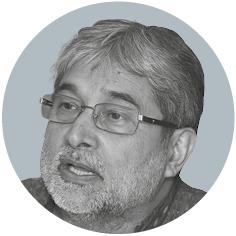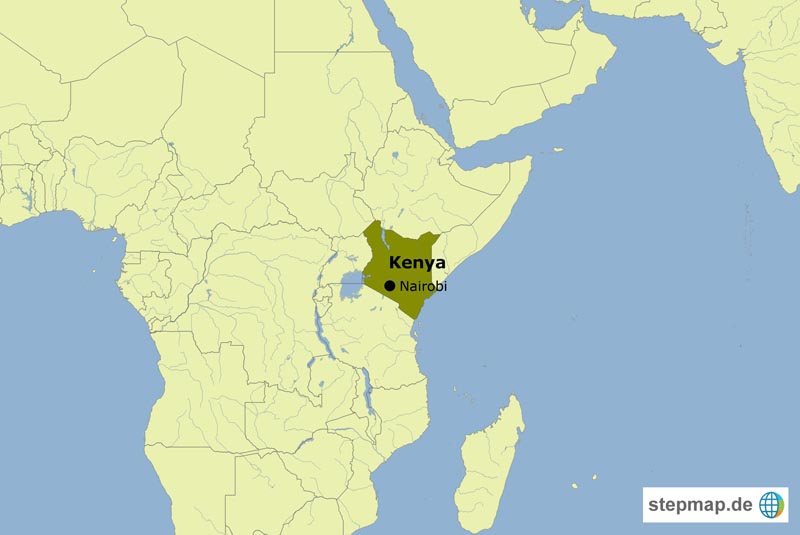Social protection
No longer convincing trendsetter

In 500 years of capitalist history, humanity has witnessed colonialism, slavery and even genocide. Brutal exploitation normally went along with unprecedented productivity and, for some, prosperity. Things are a bit different in the most advanced economies where governmental welfare policies cushion off desperate poverty and, to some extent, reduce inequality. In the past 150 years, European governments were frontrunners in terms of introducing social-protection schemes for their peoples. They have been setting examples of what capitalism can achieve in the best case.
“European social model” (ESM) is a much used term, but it has not been defined precisely. Jacques Delors, the French socialist who headed the European Commission from 1985 to 1995, spoke of ESM often. His intention was to distinguish the identity of the emerging EU from other advanced capitalist regions. His rhetoric was a bit vague, but it was not pointless, given that European countries have a long history of safety-net policies. It is therefore not difficult to flag a couple of features of the ESM.
It is widely acknowledged that Otto von Bismarck’s innovative policies in the 1870s laid the foundation of the ESM. In view of fierce class struggle, he wanted to thwart the rising labour movement. He introduced unemployment benefits and a pension system to reduce the grievances that propelled it. His new “social insurances” relied on financial contributions from workers and capitalists. In the long run, these new institutions proved very successful (also see Hans Dembowski in Monitor section of D+C/E+Z e-Paper 2019/11).
While his policy did not thwart Germany’s Social Democrats as hoped, it contributed considerably to turning them into a mainstream, reformist force. It also helped to foster a sense of national identity in the German Reich that was only constituted in 1872 (see Markus Loewe in Focus section of D+C/E+Z e-Paper 2018/11). It is true that other north-western European countries had introduced piecemeal reforms before Bismarck, but in retrospect, it is clear that his approach amounted to a paradigm change. Other countries, including France and Italy copied his model.
After the Bolshevik Revolution in Russia this trend picked up speed. European governments had to keep the “menace of socialism” at bay, so they broadened and deepened social protection. In Europe, citizenship increasingly included the right to public services, including health care, free school education and old-age pensions.
However, the ascendancy of what would be called the welfare state really took off after World War II. Countries in Europe’s north-western core and Italy witnessed remarkable social progress. Up to the early 1970s, several European countries built ever more inclusive welfare states and facilitated mass upward mobility. As a popular saying went, they enjoyed protection “from the cradle to the grave”. Nobody spoke of the ESM, but this was its prime era.
In 2015, the UN adopted the Sustainable Development Goals (SDGs) which emphasise social inclusion. Arguably, this agenda is inspired by the ESM. The irony of the matter, however, is that this model has been eroding in Europe itself. Indeed, it has been under attack for about 40 years.
Paradigm change
In the early 1980s, Margaret Thatcher, then Britain’s prime minister, rigorously slashed social spending. President Ronald Reagan took a similar approach in the USA. As social protection was more deeply entrenched in Britain, Thatcher’s animosity to the welfare system was arguably more important. Soon, other European governments were following suit. The new paradigm was free markets, and governments were no longer supposed to intervene in them.
Market orthodoxy became dominant all over the world. Guy Standing, a professor at the School of Oriental and African Studies (SOAS) in London put it rather forcefully: “Globally social protection systems are in a mess … the state has been cutting back on universalistic income support; social insurance is giving way to social assistance, with an array of poverty traps and unemployment traps; and enterprises of employment are cutting back on social benefits and services, at least for their workers” (Standing, 2007, p. 28). Such developments were particularly noteworthy in Europe, the continent that pioneered social protection.
In Europe, things got even worse during the eurozone crisis from 2010 on. Austerity, cutbacks in social protection, increasing flexibilisation of labour markets hit hard large segments of citizens and workers. In February 2012, Mario Draghi, who was then the president of the European Central Bank, told the Wall Street Journal that the ESM was “gone”. Indeed, so-called structural reforms had weakened every axis of social economic justice, and had torn some of them down.
The impacts varied across classes and regions. The OECD noted that the “lower income households have lost greater proportions of their incomes than the better off … particularly in the hardest hit countries like Estonia, Greece, Ireland, Italy and Spain” (OECD, 2014, p. 22).
The countries of the EU’s north-western core region and Scandinavia, however, reduced spending less rigorously than some of their southern and eastern partners. Nonetheless, even in Germany, probably the most successful EU economy, people once again fear to be poor in old age.
By contrast, some non-European countries expanded social protection after the turn of the millennium. Under progressive governments, Brazil introduced Bolsa Família, South Africa launched a child-support grant, and India established the Mahatma Gandhi National Rural Employment Guarantee. Obamacare was the surprising and most unusual example of the USA acting in a socially progressive manner at a time when Europe was cutting social spending.
In terms of innovative policies, the EU is certainly not leading the field, though its members’ social spending still tends to be high. In western Europe, it amounts to more than a quarter of GDP, whereas it only amounts to not quite nine percent worldwide and not even five percent in Africa, Asia and the Pacific region on average. As the EU is not wholeheartedly endorsing the ESM the way Delors did, it really does not make much sense to use the term anymore.
We are living in turbulent times. The global financial crisis, global heating and new trade wars show that market orthodoxy has failed. Social unrest is currently rocking Latin America as well as North Africa and the Middle East. It is evident that we need a new, global social contract in the spirit of the SDGs. Europe would be well advised to contribute to making that happen. After all, the Gillets Jaunes protests in France are, to a large extent, about regaining the kind of inclusion that was typical of the ESM. Moreover, it bears repetition that the rise of populism is linked to people’s growing feels of social deprivation.
Links
Standing, G., 2007: How cash transfers boost work and economic security. In: UN DESA Working Paper No. 58ST/ESA/2007/DWP/58.
https://www.un.org/esa/desa/papers/2007/wp58_2007.pdf
OECD, 2014: Society at a glance 2014.
https://www.oecd-ilibrary.org/social-issues-migration-health/society-at-a-glance-2014_soc_glance-2014-en
Praveen Jha is a professor of economics at Jawaharlal Nehru University in Delhi.
praveenjha2005@gmail.com














